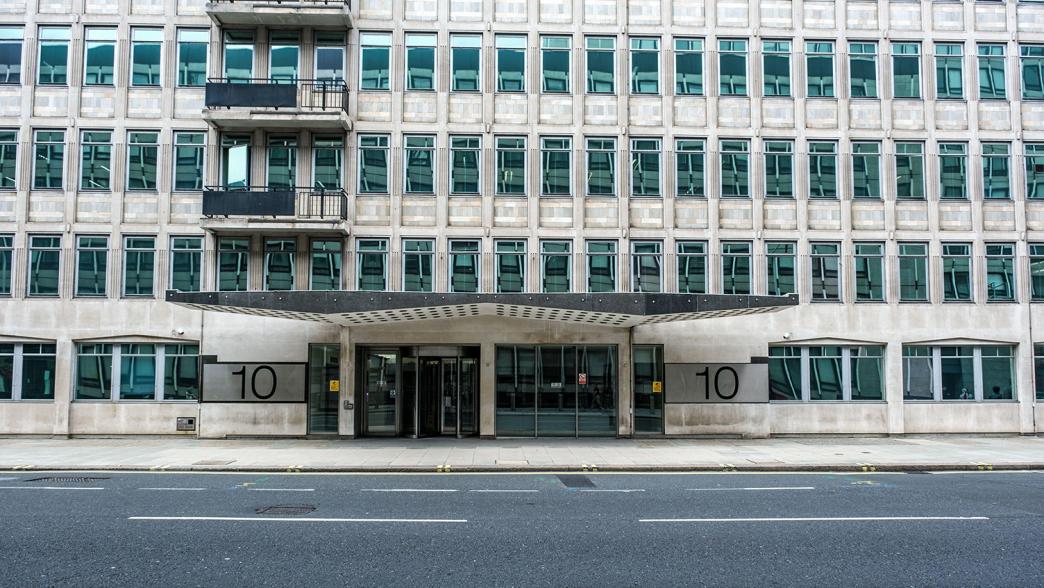Report
When should public bodies exist?: Rewriting the 'three tests' for when government does things at arm’s length
It's time to rewrite the government's outdated tests for creating and closing public bodies.

It's time to rewrite the government's outdated tests for creating and closing public bodies.

How the government can make future abolitions succeed.
Public bodies deliver a public or government service, though not as a ministerial department.
Government should trust public bodies to lead in crises.
Practitioners and experts on public bodies, particularly economic and trade bodies, discuss the lessons from their expeerience.